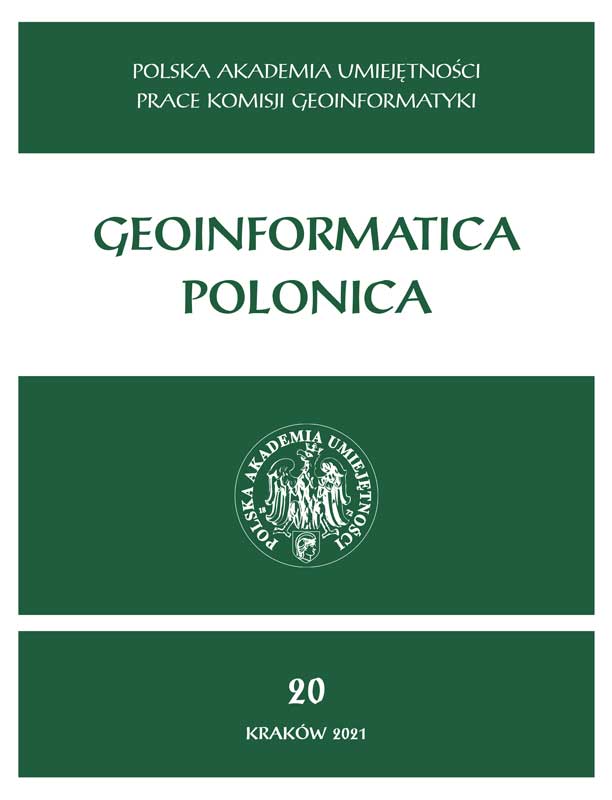A Study on the Usability of Open Spatial Data for Road Network-Based Analysis – Using Openstreetmap as an Example
A Study on the Usability of Open Spatial Data for Road Network-Based Analysis – Using Openstreetmap as an Example
Author(s): Piotr CichocińskiSubject(s): Geography, Regional studies, Applied Geography, Geomatics, Maps / Cartography
Published by: Wydawnictwo Uniwersytetu Jagiellońskiego
Keywords: data quality; quality categories; standardization; network analysis; feature length
Summary/Abstract: For several years GIS software users could use for any purpose a dataset being to some extent an alternative to both products offered by commercial providers and official databases. It is OpenStreetMap (OSM for short) – a worldwide spatial dataset, created and edited by interested individuals and available for use by anyone with no limitations. It is built on the basis of data recorded with consumer grade GPS receivers, obtained through vectorization of aerial photographs and from other usable sources, including even sketches made in the field. The collected information is stored in a central database, the content of which is not only presented on the website as a digital map, but also offered for download as vector data. Such data can be used for, among other things, performing various analyses based on road networks, of which the most frequently used is the function of determining the optimal route connecting selected locations. The results of such analyses can only be considered reliable if the data used are of adequate quality. As the OSM database is built by enthusiasts, no plans for its systematic development are formulated and there are no built-in quality control mechanisms. Therefore, the paper proposes methods and tools to verify the usefulness of the data collected so far, as well as to correct detected errors. It focuses on the following categories of geographic data quality: location accuracy, topological consistency and temporal validity. In addition, a problem with determining the length of individual road network segments was noticed, related to data acquisition methods and ways of recording the shape of lines. Therefore, in order to carry out the so-called route calibration, it was suggested to use kilometer and hectometer posts used in transportation networks, the locations of which are successively added to the OSM database.
Journal: Geoinformatica Polonica
- Issue Year: 2021
- Issue No: 20
- Page Range: 89-96
- Page Count: 8
- Language: English

